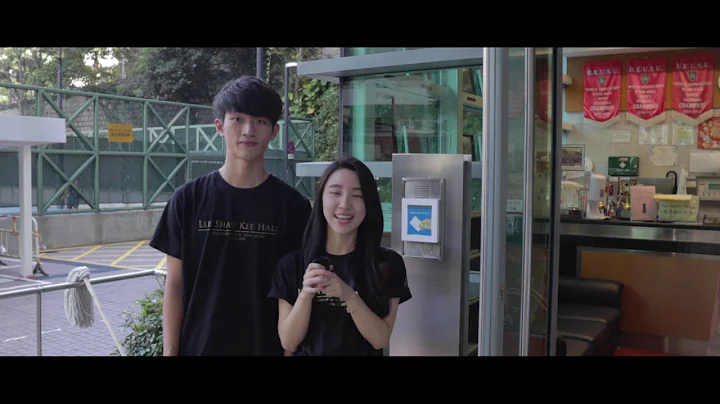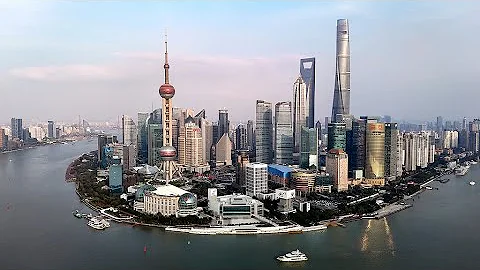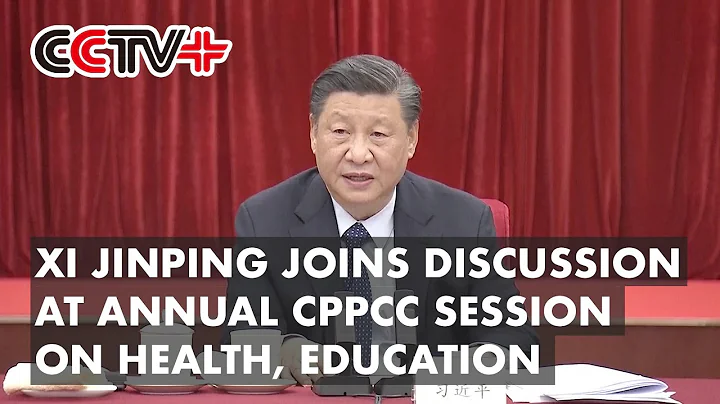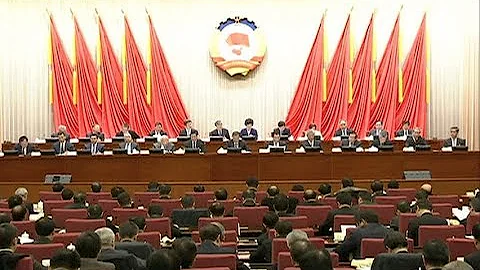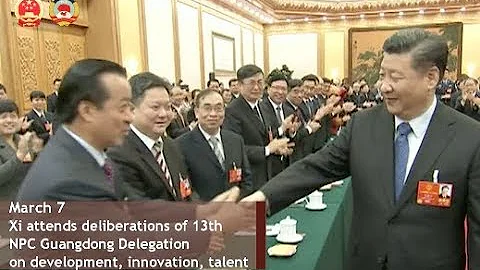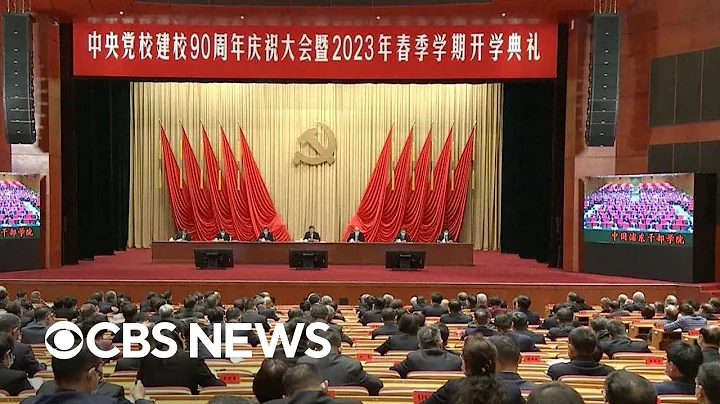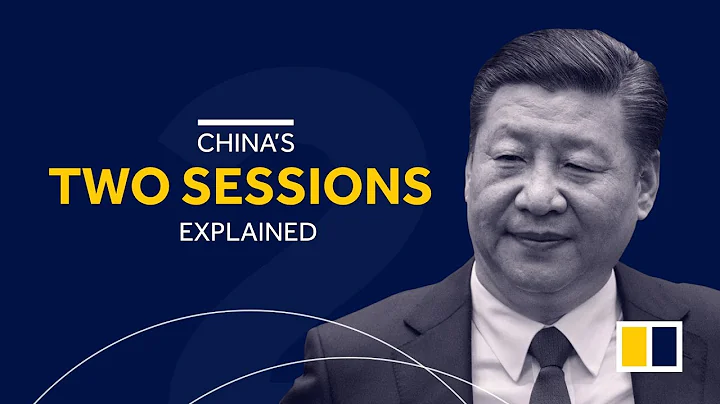A person's destiny depends on self-strength, and more importantly, it depends on the process of history.
In 1948, 20-year-old Lee Shau-kee came to Hong Kong alone with 1,000 yuan.
"The Biography of Dr. Lee Shau Kee" writes that Lee Shau Kee was smart since he was a child. He studied with his father at his own gold shop in Shunde at the age of 6, and became a shopkeeper at the age of 15. After arriving in Hong Kong, he started buying and selling foreign exchange and gold. At the time of the Liberation War, many wealthy people from the mainland came to Hong Kong, and the foreign exchange business and gold trading business were very prosperous. Lee Shau Kee also made a lot of money.
Lee Shau Kee's Shunde fellow Zheng Yutong started working as a juggler at the Chow's Gold Shop in Macau at the age of 13. Later, he came to Hong Kong three years earlier than Lee Shau Kee and opened up territory for Chow Tai Fook . Soon after, Zheng Yutong succeeded Chow Tai Fook and became known to everyone in Hong Kong circles. The " jewel king ".
The conditions are not very good Li Ka-shing started a little later. He lost his father when he was young. When Lee Shau-kee arrived in Hong Kong, Li Ka-shing had already worked as a salesman in a plastic flower factory in Hong Kong for a year, and was later promoted to general manager. In 1950, 22-year-old Li Ka-shing borrowed a start-up capital from his uncle Zhuang Jing'an to establish the Yangtze River Plastics Factory in Hong Kong.
"The Yangtze River does not choose small streams, so it can reach thousands of miles."
has gradually become the leader in Hong Kong's plastic flower industry. Selling plastic flowers has brought Li Ka-shing tens of millions of Hong Kong dollars in profits. Since then, the Li family's mythical business journey has begun.

Everyone knows that it is difficult to make the first pot of gold, but they don’t know that Lee Shau Kee’s family has been running a gold shop for generations. Cheng Yutong and his wife Zhou Cuiying married on the fingertips. Zhou Cuiying is the only beloved daughter of Chow Tai Fook boss Zhou Zhiyuan, and Li Ka-shing’s uncle Zhuang Jing’an is a watchmaker in Hong Kong. The king, his father-in-law, married his uncle's beloved daughter Zhuang Mingyue.

Guo Desheng is the oldest among the four, and the only one among the four who can be said to be self-made. In the 1940s, Guo Desheng was already doing groceries business in Hong Kong and was doing well. By 1952, Guo Desheng earned his first pot of gold by relying on the exclusive agency rights of Japan's "YKK" zipper factory.
At that time, Chen Zengxi, the boss of Henglong, a fellow from Shunde, had already started working as a contractor in Hong Kong. His son Chen Qizong was still in his infancy. He was known as the "female star harvester" and "stock market sniper" in Hong Kong. Wang Da Liu Liu Luanxiong was just born.
At that time, 19-year-old Fok Yingdong borrowed money from relatives and friends to open a grocery store. He knew English and participated in an auction of wartime surplus materials. He bid 18,000 yuan to buy a batch of machines and sold them for 40,000 yuan. With vision and courage, I made a net profit of 22,000 yuan.
Later, the War to Resist U.S. Aggression and Aid Korea broke out, and the mainland's maritime transportation channels were blocked by the U.S. military. Huo Yingdong seized this opportunity to make a fortune, secretly raising supplies and selling them to the mainland. Not only did he make a lot of money, but he also forged a deep friendship in the mainland, which later became the The investment bought the foreshadowing.
An important characteristic of a successful businessman is that he is good at discovering opportunities and utilizing all resources.
At that time, the landlord saw that Li Ka-shing was making money and began to increase the rent. Li Ka-shing was angry and made a bold decision: to build his own building. I never expected that , the godfather of Hong Kong real estate, would be forced into real estate like many real estate tycoons.
With the help of his uncle, Li Ka-shing built a 12-story industrial building on King's Road in North Point, Hong Kong. Except for leaving a few floors for his own use, the rest was rented out.
In the middle of the 20th century, it was a period of great changes in the world structure. A large number of mainlanders sneaked into Hong Kong, and the rapid growth of the population provided natural favorable conditions for the development of Hong Kong real estate. The demand for housing in Hong Kong increased rapidly, housing construction plans continued, and housing prices began to rise. Li Ka-shing increased investment and officially entered the real estate industry.
In 1958, Lee Shau Kee, Feng Jingxi, Guo Desheng and other eight people formed a joint stock company Yongye Company and began to get involved in the real estate business.
Later, the three reorganized Yongye and established "Sun Hung Kai Enterprises Co., Ltd.". The elder Guo Desheng, who owned 40% of the shares, served as the chairman of the group, and the youngest Lee Shau Kee, who owned 30% of the shares, served as vice chairman and general manager.
As the general manager, Li Shauji is mainly responsible for the drawing design of the building, the purchase of land, and the sales of real estate. In addition to being able to judge whether there are any flaws in the drawing design at a glance, Lee Shau Kee also made innovative breakthroughs in sales that have a profound impact on the current real estate industry.

At that time, most of the properties in Hong Kong were sold in their entirety, and a large number of middle-income groups simply could not afford them. Therefore, Lee Shau Kee created a method of building and selling properties through stratified sales and installment purchases as well as bank mortgages. Unexpectedly, they were very popular, and Sun Hung Kai's properties were also sold well. This initiative has since been widely adopted and has become the key to many Hong Kong citizens being able to settle down and buy homes.
In 1953, Huo Yingdong established Lixin Real Estate Co., Ltd. He bought old buildings and rebuilt them into 170 high-rise buildings on a large scale. In order to quickly withdraw funds, he started "selling off-plan properties" .
He told reporters at the time: "We adopt the method of pre-sale of buildings by blocks, stratification, and units. As long as you pay a 10-30% deposit first, you can pre-purchase the properties that are about to be built and can be used for self-use, sale or rent. Building."
In this way, it is possible for ordinary working-class people in Hong Kong to afford a house. On the first day the property went on sale, a long line of people came to pay deposits to buy a house.
Fok Ying-tung broke the previous rule that a house must be purchased as a whole or an entire floor, bringing Hong Kong real estate into a period of prosperity.
At that time, house-to-house selling had just begun to take off, but the house sizes were different but the public areas were the same, which caused a lot of disputes. Li Ka-shing thought of a way to allocate the property rights of a building to each household equally according to the floor area according to the floor area according to the "public contract" model. Therefore, what buyers buy is the floor area, and the floor area includes the use of the building. area and shared area.
This is the origin of shared area . In 1995, shared area was introduced to the mainland from Hong Kong, and soon it was promoted in the mainland.
Zheng Yutong will naturally not miss this business opportunity. In 1957, Zheng Yutong, who relied on Chow Tai Fook to accumulate huge wealth, bet on the real estate industry. At that time, he invested in the construction of the Langtang Villa and Hong Kong Building at the racecourse.
In 1966, just one year after Li Ka-shing and Zhuang Mingyue got married, they encountered the biggest riot in Hong Kong. For a time, everyone was in danger and housing prices plummeted. But this is definitely a once-in-a-century opportunity. Li Ka-shing spent more than 60 million Hong Kong dollars to buy land, and the speed of building buildings has also been greatly accelerated.
In 1967, Li Ka-shing spent HK$230 million to buy a US-owned group, Hilton Hotel and Hyatt Hotel , which became a classic case of Hong Kong capital annexing foreign capital.
funds continued to roll like this. In July 1972, Cheung Kong Group was established and listed on the Hong Kong Stock Exchange in November. At this time, 22 years have passed since the establishment of Yangtze Plastic Flower Factory.

Lee Shau Kee co-founded "Yongtai Construction Co., Ltd." However, at this time, the real estate market in Hong Kong was close to the bottom, and property prices began to shrink significantly, falling to only 10%.
In 1973, a major stock market crash occurred in Hong Kong. The plummeting stock market caused a severe setback to the Hong Kong real estate market.
Wing Tai Construction, which had just been listed on the market, was naturally also severely affected. However, Lee Shau Kee did not retreat but advanced, purchasing a lot of cheap land at low prices. Lee Shau Kee believes that this is the eve of the golden development of Hong Kong real estate, and the stock market will soon recover.
Sure enough, as Lee Shau Kee expected, the Hong Kong stock market began to recover in 1975. The following year, Lee Shau Kee officially founded Henderson Land Development Co., Ltd. and became the largest shareholder of Wing Tai Construction through property swap equity, replacing the chairman of the board of directors and taking over Wing Tai Construction.
When Henderson Land was established, there were only more than 20 properties.Through acquisitions and renovations, Lee Shau Kee had more than 100 properties owned by Henderson Land Development in just a few years. By 1976, the company's stock price also increased 3-4 times.
Guo Desheng also relied on industry to start his business. Be the exclusive agent of YKK zippers in Hong Kong.
In 1963, Guo Desheng reorganized the company and established Sun Hung Kai Industries. In the 1960s, Hong Kong was still in a period of transformation. Housing prices plummeted and many residents immigrated abroad. Guo Desheng did the opposite and acquired more than 20 land parcels in one go. Starting from industrial buildings and entering the residential market, Sun Hung Kai's houses are affordable and strive to innovate.
In 1967, Zheng Yutong, together with his friend Yang Zhiyun and others, took advantage of the sharp drop in land prices to purchase large quantities of real estate properties.
In May 1970, Zheng Yutong and Yang Zhiyun founded New World Development Co., Ltd. . Later, in 1972, the "four major families of and " were officially born. On September 8 of this year, Lee Shau Kee and Kwok Desheng's Sun Hung Kai went public. Later, Lee Shau Kee quit and set up his own business and founded Henderson Land Development; on November 1, Li Ka-shing's Cheung Kong Holdings went public; on November 23, Cheng Yutong's New World Properties went public.
Looking back now, thanks to the accurate judgment of the general trend, Sun Hung Kai, CK Hutchison, Hutchison Whampoa , Henderson Land Development, and New World Land invested in real estate, and finally laid the foundation for Hong Kong's four major companies such as Guo Desheng, Lee Shau Kee, Li Ka-shing, and Cheng Yutong. The foundation of a large family influenced the business history of Hong Kong for more than half a century.
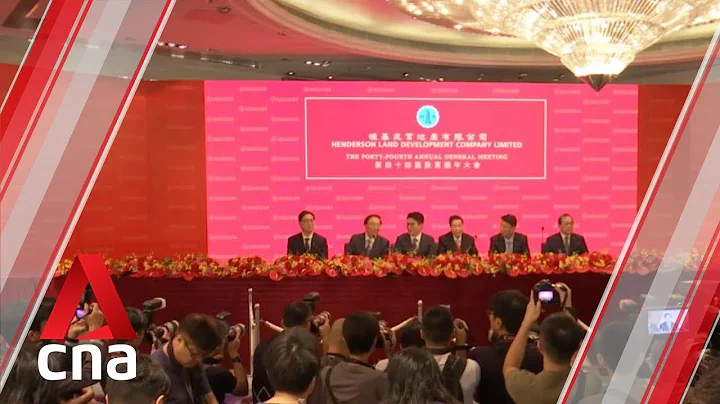

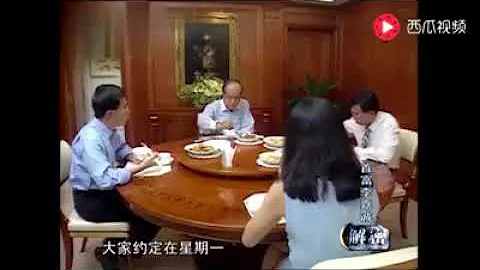

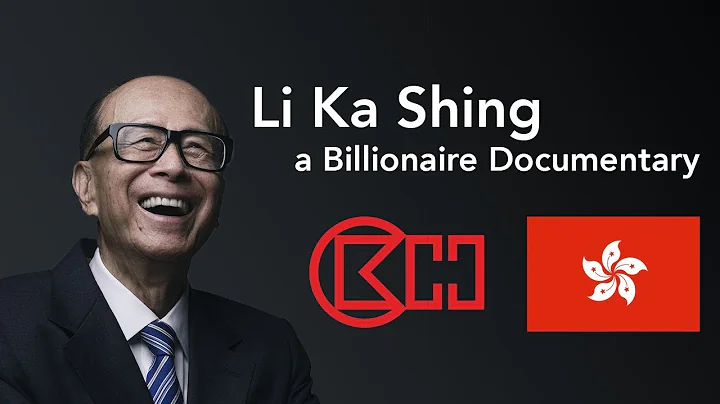


![[15年6月2日]李兆基見記者 - DayDayNews](https://i.ytimg.com/vi/m68ydKHtV6Q/hq720.jpg?sqp=-oaymwEcCNAFEJQDSFXyq4qpAw4IARUAAIhCGAFwAcABBg==&rs=AOn4CLCin0ZIe5a1YEHf6BPNzD339t2_rg)
